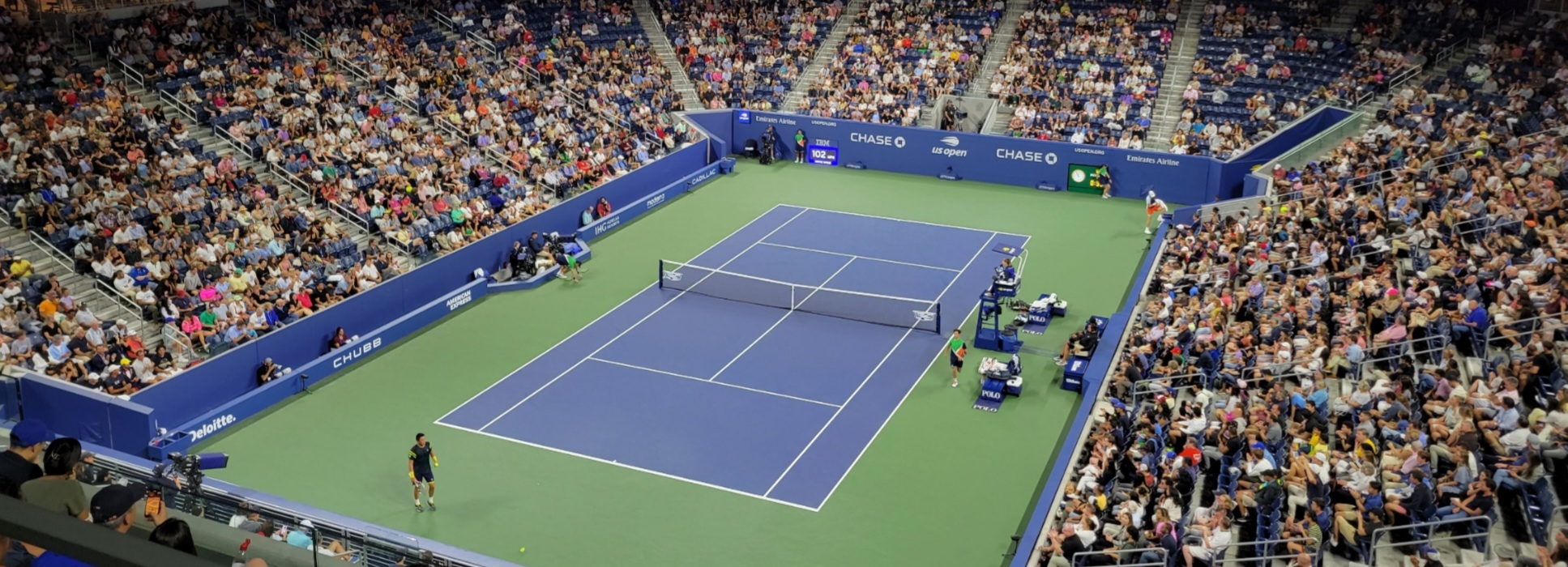
Carlos Alcaraz was eliminated in the round of 16 of the Paris Rolex Masters by Ugo Humbert with a score of 6-1 3-6 7-5. In the press conference after the match, the Spanish tennis player expressed his opinion on the issue regarding the speed of the playing surface of the Paris-Bercy courts.
“I could have played better, I gave it my all. I fought until the last point. I have to congratulate Ugo. He played very well, he had a great performance. It’s fantastic. He plays at a really high level. And I think in Paris he’s even higher. So congratulations to him. But it’s very difficult to play in these conditions. So I couldn’t play good tennis,” he said.

Carlos Alcaraz, Paris Masters 2024© Stream screenshot
Journalists in the press room then asked the Spaniard if it was a problem related to the indoor courts.
“I wouldn’t say the indoor courts are the problem. I would say the problem is this court. I don’t want to make excuses because Ugo deserved to win but for example I played in the Davis Cup indoors and the courts were much slower than this one. I played the first match of the tournament and from the statistics it turned out that it is the fastest court in the Masters 1000. It is probably the fastest in the last ten years in this tournament. It is the same tournament but compared to other years the court has changed. I don’t know why they did it like this, it is a very different court compared to other tournaments and compared to other years. So it surprised me a little bit. I probably had to come earlier to adapt to these conditions but I didn’t. But in the end honestly all I can say is that I don’t understand why it was done,” analyzed Alcaraz.
Carlos Alcaraz says the conditions at the Paris Masters are really difficult for him, he doesn’t understand why they’ve made the court so much faster
“Carlitos, is there anything that you’re very surprised with in terms of your performance? Very surprised?”
Carlos: “Well, not… pic.twitter.com/LLvfRnsUDy
— The Tennis Letter (@TheTennisLetter) October 31, 2024
I can understand Carlitos’ complaints, but the young Spaniard must understand that these super-fast surfaces are good for tennis and for several reasons. First of all, to have a discontinuity of surfaces, alternating with those that are too slow that favor rallies from the baseline but that are now becoming common on all courts. Let’s look at grass-courts for example: they are now at a significantly reduced speed, compared to the real grass-courts on which they were played until the beginning of the 2000s. The slowing down of fast surfaces has also affected the composition of hard-courts and synthetic indoor and outdoor.
But a complete tennis player can be seen on all surfaces, in all conditions. This is why I find these complaints cloying. Think of Rafael Nadal. The Spaniard played the final of the 2017 Australian Open against his nemesis Roger Federer, overcoming playing conditions that were not at all favorable to him with a series of passing shots. Therefore finding a solution. Losing that epic match against the Swiss Maestro on a completely renovated and super-speeded surface, but which rewarded the organizers of the Happy Slam with a memorable tournament.
Carlos Alcaraz had kind words for Ugo Humbert after losing to him at Paris Masters
“Well, I think I could play better. I think that’s obvious. But, you know, with the level that I had today, I think I compete, I gave everything. You know, I fought until the last point… I have… pic.twitter.com/BfMh2QgVNe
— The Tennis Letter (@TheTennisLetter) October 31, 2024
Already after his success in the 2nd round of Bercy against Carlos Alcaraz, Chilean Nicolas Jarry Carlitos had spoken about the playing surfaces of the Paris Rolex Masters.
“Surfaces faster than those of Cincinnati? The truth is that my feeling was that this surface was the second fastest, behind Cincinnati. But it is very obvious that the ball slides as soon as it bounces. There is no choice but to get used to it, I think it is also difficult for the spectators: it will be difficult to see long rallies. You have to spend hours working on these courts, I feel good,” he said.
The surfaces so fast have not been appreciated so much by the Spaniard during the year: at the Cincinnati Open, Carlitos suffered an early defeat against Gael Monfils and had already spoken about such surfaces in the summer.
Ugo Humbert’s reaction after beating Carlos Alcaraz in Paris.
He screams into the crowd.
The crowd screams back.
A Parisian man beating one of the best players in the world in Paris…
He’ll remember this moment & these emotions forever.
Joy. 🥹
— The Tennis Letter (@TheTennisLetter) October 31, 2024
